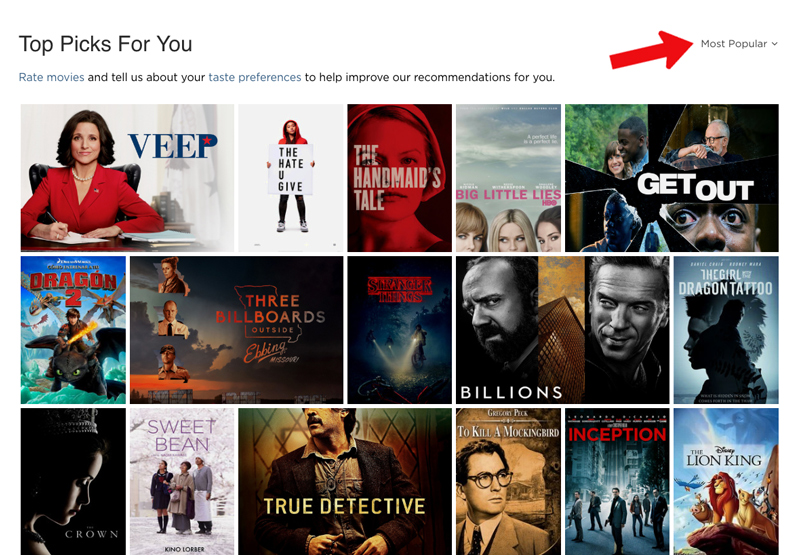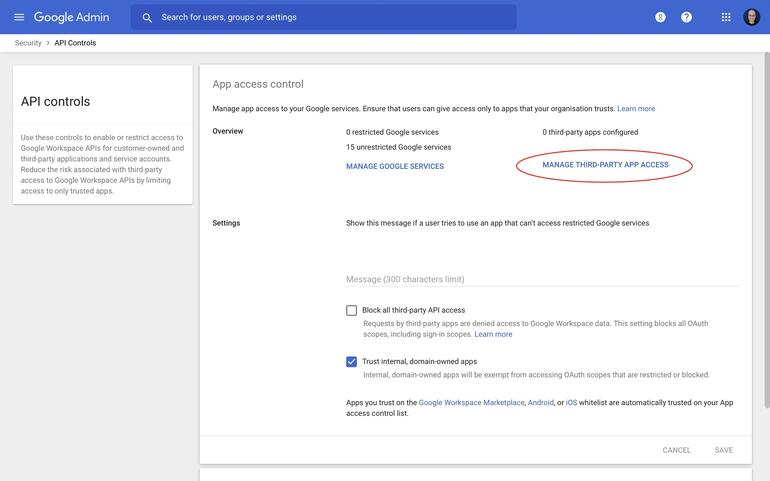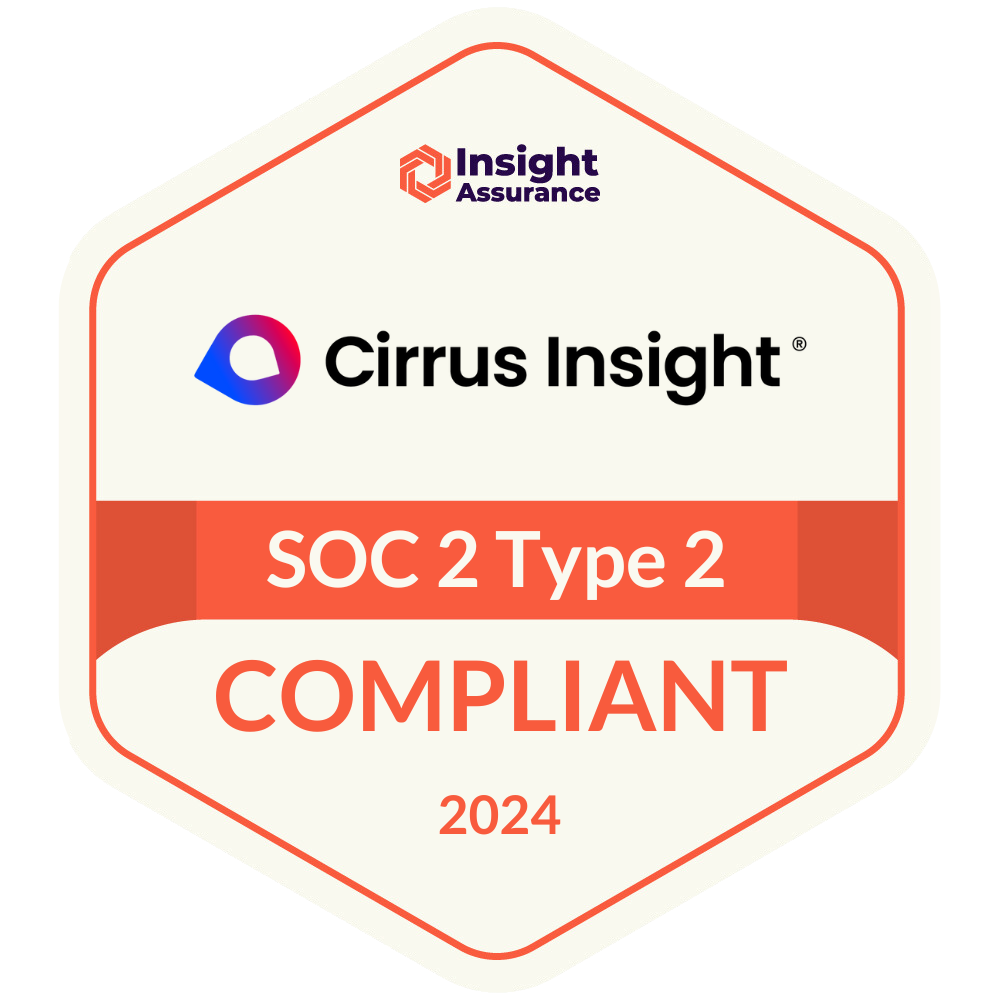- Solutions
-
Products
-
Resources
Sales Automation Tools | Cirrus Insight by Kristi Campbell View all Blog Posts >Get the App, Get the Sidebar, & Get Your Trial Going HereUnleash limitless growth opportunities by partnering with Cirrus Insight.
- Pricing
Filter By:
- All topics
- Sales Productivity
- Sales Intelligence
- Salesforce
- Sales Strategy
- Sales Prospecting
- Book More Meetings
- Best of
- Company News
- Product
- Sales Leadership
- CRM Admininstration
- Sales Metrics
- Supercharge Sales Activity
- Team Scheduling
- Admin
- serious insights
- Prospect Smarter
- Sales Activity Data
- Sales Forecasting
- Scheduling Solutions
- Prospect Faster
- Auto-Sync Everything To Your CRM
- Chrome
- Comparison
- Financial Services
- For Admins
- Getting Started
- IT & Security
- outlook
Subscribe to our Blog for the Latest Insights
Join our blog community to stay informed and receive fresh content and actionable tips directly in your inbox.
Are Third-Party Cookies Disappearing? Everything You Need To Know and the Potential Impact On Sales Tools
Companies have been using web browser tracking to learn more about consumers and their needs for years. However, now that consumers prefer keeping their online personal data protected, businesses have to find other ways to access that information.
As internet users demand more privacy, Google is now following the footsteps of browsers like Apple, Safari, and Mozilla Firefox by removing support for third-party cookies on Google Chrome.
But what do third-party cookies going away mean for the future of consumer data and sales intelligence
Before diving in, here’s the rundown of what we’ll be covering:
- How Browser Tracking Works
- Google’s Ban on Third-Party Cookies
- Sales Intelligence WithoutThird-Party Cookies
How Browser Tracking Works
Businesses use browser tracking tools to collect information about online users and their behavior.
There are several browser tracking software options, including:
- HTTP cookies (cookies)
- Web beacons
- IP address tracking
- Browser fingerprinting
Through these methods, companies can better assess buyer interest and intent. It also helps them tailor the content of their websites to improve user engagement.
Out of these four tracking options, cookies are the most effective and the most controversial.
But what are cookies, and how do they work?
Cookies are pieces of website data that track user activity, such as which links they click or the ads they watch. Depending on who installs them on the website, cookies might fall into two categories:
First-Party Cookies
First-party cookies are the cookies installed by the website owner. They gather customer data that helps improve user experience. For example, Netflix uses cookies to make movie recommendations based on the movies the user has watched.

Banks also use first-party cookies to remember your login information. Moreover, search engines like Google also use these cookies to suggest custom results based on your previous searches.
Third-Party Cookies
Third-party cookies are the cookies installed by a company that does not own the website. Advertising networks and social media platforms often use third-party cookies for cross-site tracking, letting them see user activity across different websites.
Third-party cookies help companies tailor ads to specific users based on their behavior. For example, Facebook can use third-party cookies to see what content someone views outside of its website. If people browse items related to baking, Facebook will show them baking-related ads and content.
Unfortunately, the use of third-party cookies has come under scrutiny as some marketers and advertisers have abused the technology.
Google’s Ban on Third-Party Cookies
For that reason, Google announced in 2020 its intent to remove third-party cookies from its Chrome browser.
Instead of supporting third-party cookies, Google has established a project known as Privacy Sandbox to develop new advertising technology that collects behavioral data while protecting user privacy.
Google’s team will focus on creating privacy-first tracking technologies such as aggregation, anonymization, and on-device processing. In particular, they have been optimistic about the use of Federated Learning of Cohorts (FLoC) as an effective replacement for third-party cookies.
FLoC hides individual user activity within a crowd of other users with similar online behavior. Then, it uses the clustered data to deliver tailored content and ad retargeting.
Google stated that the initial tests of FloC suggest it can produce comparable conversion rates to those of third-party cookies.
Users Can Opt-In to Third-Party Cookies
While Google continues to move towards a privacy-first internet experience, it still allows users to opt-in and enable third-party cookie tracking on their browsers.
Chrome users can control which third-party apps track their activity through settings like trust, limit, and block.

Google defines each setting as follows:
- Trust – The app can access all Google services.
- Limit – The app can only access unrestricted Google services.
- Block – The app cannot access any Google service.
To opt-in to third-party tracking and manage your app settings, follow these instructions:
- Log in to Google Admin Console
- Go to Menu > Security > API Controls
- Click MANAGE THIRD-PARTY APP ACCESS under App access control
- Select the apps you want to manage by checking the box next to the app name
- Select Change access
- Choose an access setting for each app
- Click Change
Sales Intelligence Without Third-Party Cookies
The impending end of third-party cookies will undoubtedly shake the marketing and digital advertising industries, but how will it affect sales?
Having more information about their leads helps sales reps tailor their messaging and provide better service.
The good news is that sales intelligence tools do not heavily rely on third-party tracking cookies the way digital marketing platforms and online advertising networks do.
Sales intelligence tools track and record buyer signals like emails opened, clicked links, and first-party website visits. When aggregated, these buyer signals give reps a measurement of buyer intent — higher buyer signals equal higher intent.
Sales reps can use buyer intent metrics to prioritize leads and predict which leads will result in conversions.
Here's a more detailed description of some of the ways sales intelligence tools measure buying intent signals.
First-Party Cookies
Even as Google moves away from third-party cookies, companies can still use first-party tracking to monitor the behavior of their website visitors.
With first-party cookies, sales reps can see the leads who visit their website and the pages they click. If a user clicks on your pricing page, that’s a strong indicator of buyer intent.
Email Tracking
Marketers have to monitor performance across several channels. But, when it comes to sales, email is king.
Email tracking is another way for sales reps to monitor buyer signals. Sales reps should be on the lookout for activities such as email open rates and click-through rates.
At the individual lead level, more email engagement equals more interest.
Sales teams can also leverage aggregate email tracking data to understand broader trends and preferences in their target market.
Link Tracking
If you want to move a prospect through your sales pipeline, you need to deliver the right message at the right time.
But how do you know what that message is?
Link tracking lets sales reps know which links their leads are clicking on and how they interact with the website. Additionally, link tracking gives you user engagement metrics.
With a link tracking solution, you can follow up with your leads when their interest levels are at their highest. Plus, you can tailor your follow-ups to include information relevant to their wants and needs.
Final Thoughts: Google Bans Third-Party Cookies — What You Need To Know
With Google jumping onto the privacy-first bandwagon and third-party cookies going away, it’s time for companies to shift the way they collect and treat consumer data. Marketing and advertising departments can move to tools like FLoC to manage user data while protecting anonymity.
For sales teams, gathering first-party data and tracking email engagement will continue to be extremely valuable. Sales intelligence software can arm your sales reps with buyer intent metrics that help them prioritize leads and deliver the right message.
Use Cirrus Insight’s buying signals to access in-depth tracking of user analytics. You can start leveraging customer data as soon as today with Cirrus Insight for Gmail.





